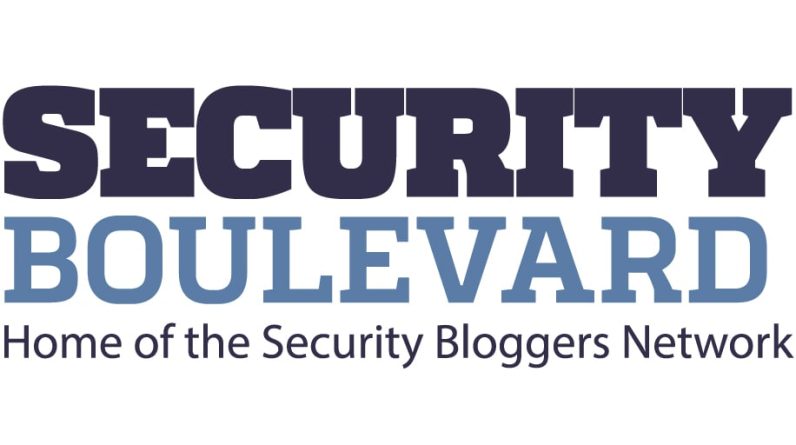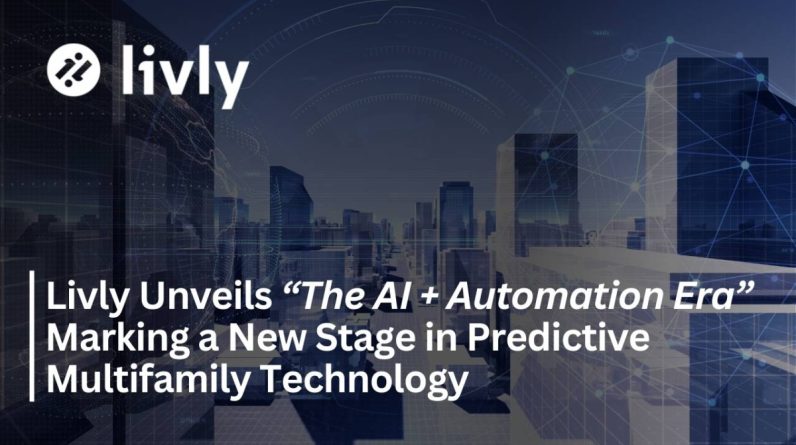In the dynamic world of digital art and technology, Vladyslav Nazymok stands out as a visionary art director whose journey from a small industrial town in Ukraine to leading innovative projects is both inspiring and instructive. With a career that began in the burgeoning realm of 3D art, Vladyslav has navigated the evolving landscape of the IT industry, continually pushing the boundaries of creativity and technology. His story is a testament to the power of passion, perseverance, and the unending pursuit of innovation.
Can you tell us a bit about your background and how you became an art director?
I hail from Zaporizhzhya, an industrial city in eastern Ukraine known for its heavy industry and steel foundries. My career began in the spring of 2015 as a 3D Artist at the young and rapidly growing company, Enixan Entertainment. After six months, our department lead moved to another company, and I proposed myself for the position. Within a week, the management decided in my favor, and I found myself managing a small team of artists. Over time, as I grew both creatively and career-wise, I participated in various projects for different platforms and genres, working in various companies, both large and startups. Step by step, I advanced in project complexity and value, starting as a simple 3D artist, then a lead, project manager, and finally an art director as the team and project scope expanded.
What key moments in your life shaped your career in art?
Interestingly, I recently analyzed this and concluded that the habits, skills, and preferences instilled in my early childhood significantly influenced my career choice. For example, I reviewed my school grades and discovered that I had the highest marks and awards in three subjects: computer science, art education, and drawing. I loved drawing as a hobby, frequently participated in school activities related to these subjects, and dabbled in photography and post processing. I enjoyed it without realizing it could be a career. When I finished school in 2013-2015 and was deciding what to do, it wasn’t obvious to me that this was my path. It seemed like improvisation, but it turned out to be a subconscious, predetermined choice.
Who were your main influences growing up, both personally and artistically?
I didn’t have any specific idols. I just did what interested me, what I enjoyed, and what evoked emotions. However, I was always deeply influenced by Classicism with its realism. This probably led me to focus on 3D graphics. I vividly remember the moment, when I was choosing between becoming a 2D artist or a photographer, but settling on 3D graphics because it combined the best aspects of both fields, offering realistic light, shadows, forms, and perspective, while allowing boundless creativity.
What are some of the most significant projects you’ve worked on as an art director? Can you share a memorable experience from one of your most challenging projects?
The most challenging and interesting project was one that ultimately fell apart due to economic reasons, limited investments, and its monetization model. However, in 2019, it was a technological breakthrough for me and very complex in terms of interaction with actors and singers. The technological challenge was creating a mobile AR application with highly realistic avatars of celebrities. We aimed for top-notch image quality, which was tough given the hardware limitations of mobile platforms. We built a sophisticated production pipeline, starting with photogrammetry and scans of real top-tier Russian pop artists, detailed face and emotion scans, recorded their movements and performances using motion and face capture, created clothes and character images using cloth simulation tools. Essentially we employed advanced film production technologies, built this infrastructure from the scratch, and then optimized everything to work on mobile phones.
How do you stay inspired and continue to innovate in your work?
I remain perpetually inspired because I love what I do. I would continue working in 3D graphics and art even without financial compensation. Innovation is influenced by two factors. First, the IT industry is a very young profession that is still growing and evolving. Tools and approaches are rapidly changing, creating a continuous arms race as the market adapts and evolves. Second, the managers, investors, and producers I worked with early in my career instilled in me the values of competitiveness, development, analysis, optimization, and seeking new solutions. These values are now reflected in my personal life, work, and team.
There are many opinions on AI in art. How do you view AI as a tool in the creative process?
There are two main views on AI and its application in art. The first camp, “AI fans,” sees it as a powerful tool that can turn artists into super-efficient creators who can solve any creative task. They believe that with the push of a button, everything will become beautiful without even needing to get out of bed. The second camp, driven by fear and paranoia, believes that AI poses a threat to human creativity and artistry. They fear that companies will replace all designers and artists with AI, which will work for free as long as it’s plugged in.
This sounds as strange as worrying that the invention of the calculator would leave physicists, mathematicians, and accountants jobless, or that the internet would lead to a shadow government implanting chips in our heads to create a hive mind. I agree that neural networks are indeed powerful tools, but I belong to a different, less popular camp. Based on my practical experience with neural networks, experiments, and attempts to integrate them into workflows, I see their limitations and benefits.
What limitations of AI in art have you encountered in your work?
Starting with the downsides, marketers have elevated AI to an unrealistic pedestal. We’ve all seen those impressive animations and diagrams explaining how AI works, but biological and chemical processes in our brains and bodies have nothing to do with what marketers try to sell us. Simply put, neural networks break down existing images into small parts and then create a new image from those parts.
From this point, another issue arises. Since AI cannot truly create, it dissects existing human-made images, and people don’t like this because “they worked hard on it.” We’ve all heard about the scandals and lawsuits, making it impossible to use generative content commercially in its pure form.
Now, concerning human attributes: AI lacks critical thinking. It can be biased or discriminatory, and it lacks emotional connection and empathy – key elements in creativity. The raw materials generated by AI are often unusable, producing semi-finished products that are mostly inedible.
Can you share examples of how you have integrated AI into your projects?
I believe that AI can be incredibly useful in pre-production stages, concept development, stylistic searches, or creating mock-ups. It can analyze your project and create personalized art. For example, you can feed it an hour-long gameplay video, and it can generate a YouTube thumbnail or stream preview in return, ensuring a commercially viable result.
Can you share examples of your experience integrating AI and how it can be useful in projects?
In a nutshell, neural networks automate tasks and allow you to focus on genuinely creative endeavors. But I don’t believe they will ever transcend the role of a tool, akin to a calculator but not a physicist. Working with a power screwdriver is much faster and easier than using a hand tool.
Do you think AI will ever replace human artists, or will it always be an additional tool?
I don’t believe that AI will ever replace human artists. It will always be an additional tool, like a calculator or electric screwdriver. After reading this article, make sure to check it for “artificiality” – it might have been written by AI to lull your attention.
How do you balance your professional life with your personal life?
My beloved wife is the first indicator. She’ll let me know if I’m too deep into work and pull me out for a walk or relaxation to break the routine. The second is my calendar, which meticulously plans my schedule two to three weeks ahead, including red zones where work is forbidden, and I am pre-allocates time for myself, family, and rest.
What personal hobbies or interests do you have outside of work?
Over the past year, I’ve developed a keen interest in marketing and startups, and I enjoy studying this field when I have the time. In my free time, I prefer active recreation: meeting new people, going for walks, visiting museums, road trips, exhibitions, events, and traveling. We moved to the U.S. a year and a half ago, and my wife and I are thrilled with the abundance of activities to explore.
Are there any upcoming projects or goals that particularly inspire you? What legacy do you hope to leave in the art world?
I believe my current role as an art director is just another transitional phase in my career. Based on my current direction and interests, I plan to move towards creating complete products and services, not just graphics, but still within the IT sphere. We’ve already completed the migration phase, registered a company in a new country, and set up a studio’s website. We’re working on a personal project, with the MVP version of an esports platform 90% complete. The programmers are finalizing and debugging it. Another project is taking shape in my mind. I’m actively networking, engaging with professionals in relevant fields, gathering feedback. The territory is mapped out, the strategy is in place, and the foundation is being laid.
The last but not least. What’s a little-known fact about you that might surprise people?
Well, here’s a little-known fact that often surprises people: despite being an art director, I’ve never attended art school. Everything I know comes from practical experience, a touch of adventure, and a lot of rock ‘n’ roll. So, while some artists might have fancy degrees hanging on their walls, I have a well-worn guitar and a collection of epic stories about learning art the unconventional way.
Vladyslav Nazymok’s journey from Zaporizhzhia to becoming a renowned art director is a testament to his dedication, creativity, and relentless pursuit of innovation. His insights on the evolving role of AI in art highlight a balanced perspective, acknowledging both its potential and its limitations. Vladyslav’s ability to integrate advanced technologies while maintaining the essence of human creativity sets him apart in the industry. As he continues to push boundaries and explore new frontiers, his work not only inspires but also paves the way for future generations of artists. This interview offers a glimpse into the mind of a visionary who remains committed to his craft, continually evolving and embracing the future of art and technology.





